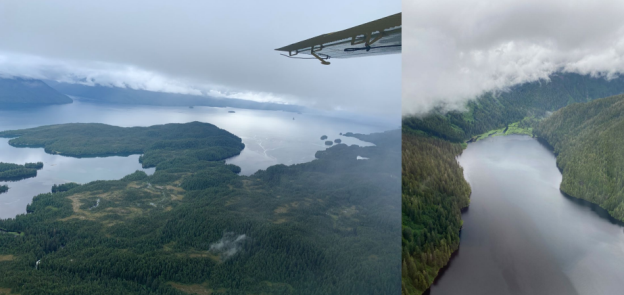The National Transportation Safety Board is calling on the Federal Aviation Administration to issue special regulations to address flight safety hazards specific to air tour operations in Ketchikan, Alaska.
In a report issued last week, the NTSB said that seven air tour airplane crashes in and around Ketchikan since 2007, killing 31 people and seriously injuring 13 others, highlighted the need for a more robust approach to reduce the risks to air tour passengers and the pilots flying them.

“There have been too many air tour tragedies in Ketchikan, a place with unique — but well understood — safety hazards that endanger the lives of pilots and passengers alike,” said NTSB Chair Jennifer Homendy. “Unless the FAA acts swiftly, experience tells us to expect even more heartbreak and preventable loss of life.”
The NTSB is asking FAA to issue special federal aviation regulations specific to Ketchikan to require more conservative flight visibility minimums and enhanced weather training for air tour pilots flying there.
These recommendations stem from a review of fatal air tour crashes in Ketchikan from 2007 to the most recent in August 2021, in which the pilot and all five passengers died. In reviewing these crashes, the NTSB reevaluated the effectiveness of 13 safety recommendations it issued to the FAA between 2008 to 2017 aimed at improving air tour safety in the Ketchikan area.
The NTSB said that FAA’s response to many of its recommendations involved voluntary operator actions that are no longer in effect or that had proven ineffective at mitigating the “overlapping hazards” presented by a rapidly changing weather environment and mountainous terrain. Both are often factors in fatal air tour crashes in Ketchikan.
The report noted that a more effective way to further safety has occurred when FAA issued specific special federal aviation regulations. An example of this success was when the FAA issued special federal aviation regulations in response to a string of fatal accidents involving air tour aircraft in other geographic areas with distinct operational hazards, including the Grand Canyon and Hawaii.
Those regulations included establishing minimum flight altitudes, enhanced equipment safety requirements and airspace limitations for certain geographic areas. The FAA stated that those regulations have been effective in decreasing the fatality rate for air tour accidents.
“Special federal aviation regulations have effectively reduced air-tour accidents in other areas, saving untold lives. We need the same safety leadership now — before there’s yet another tragedy in Ketchikan,” Homendy said.
The complete 20-page aviation investigation report is available on the NTSB website.


